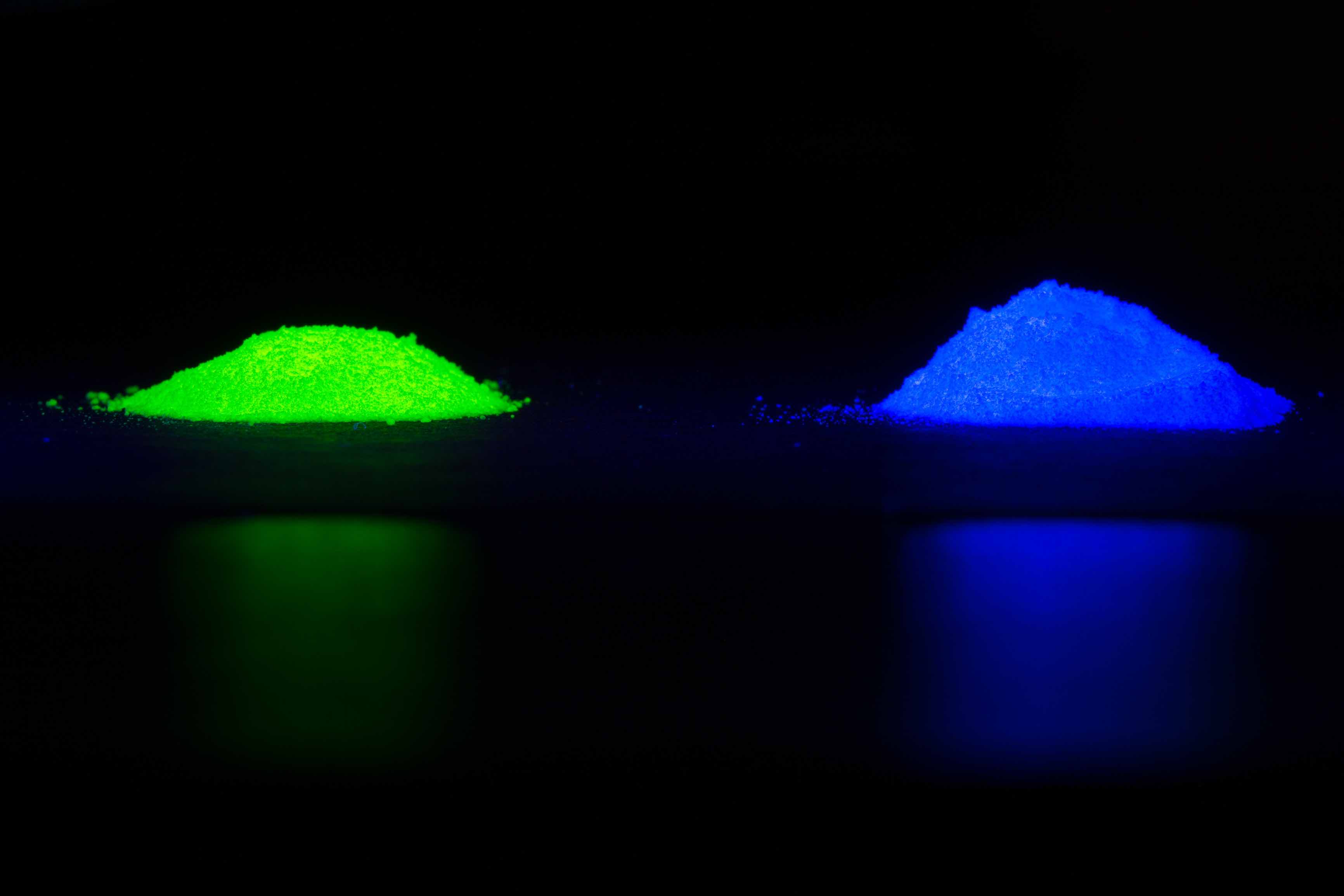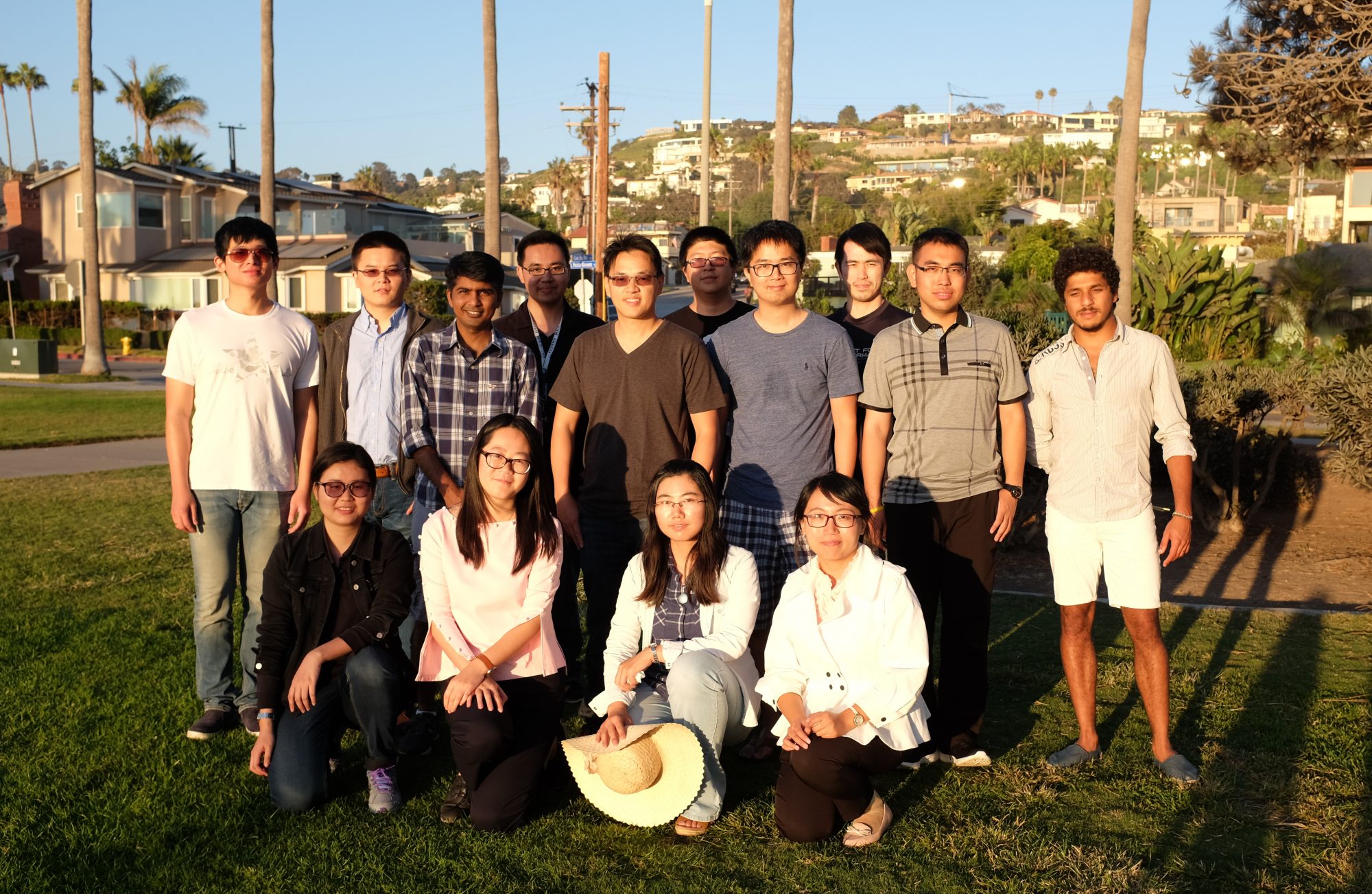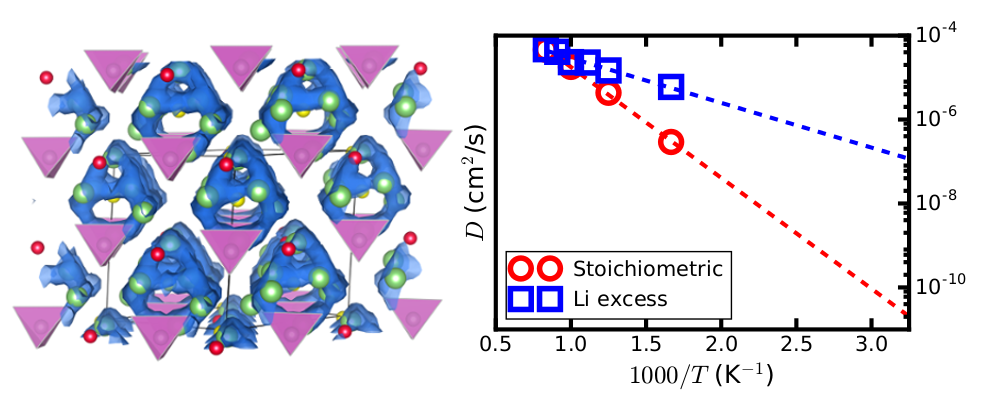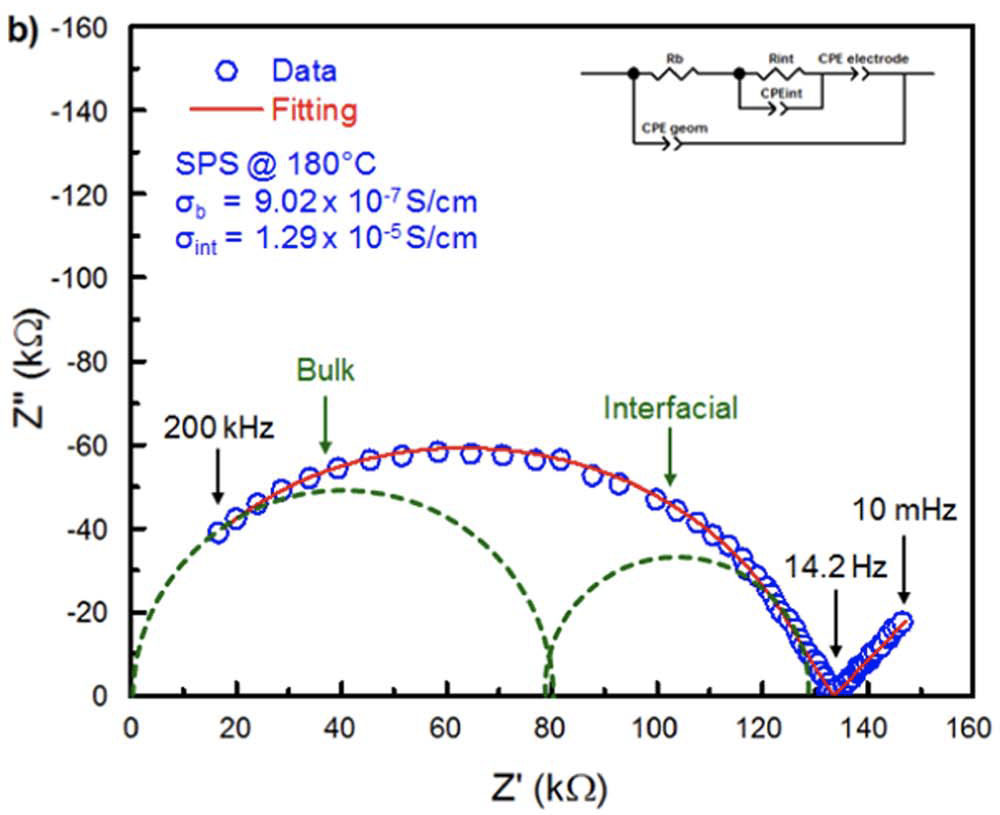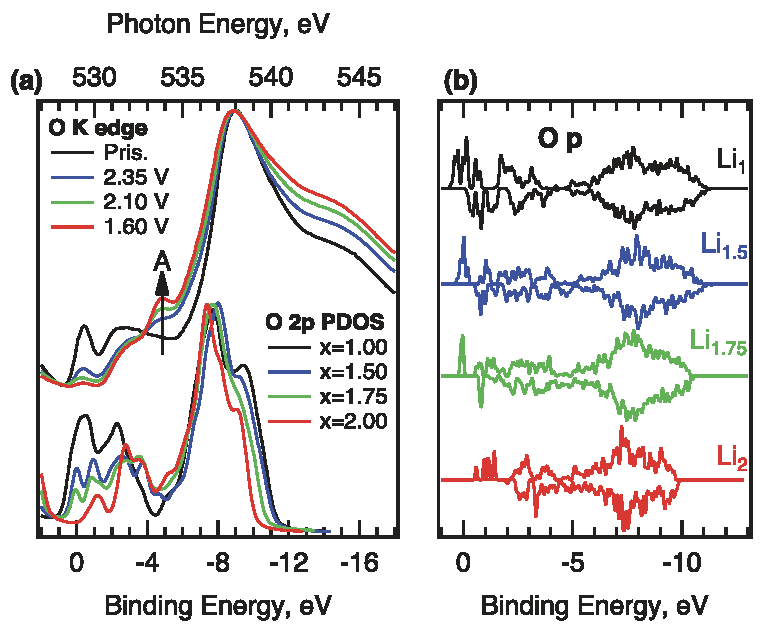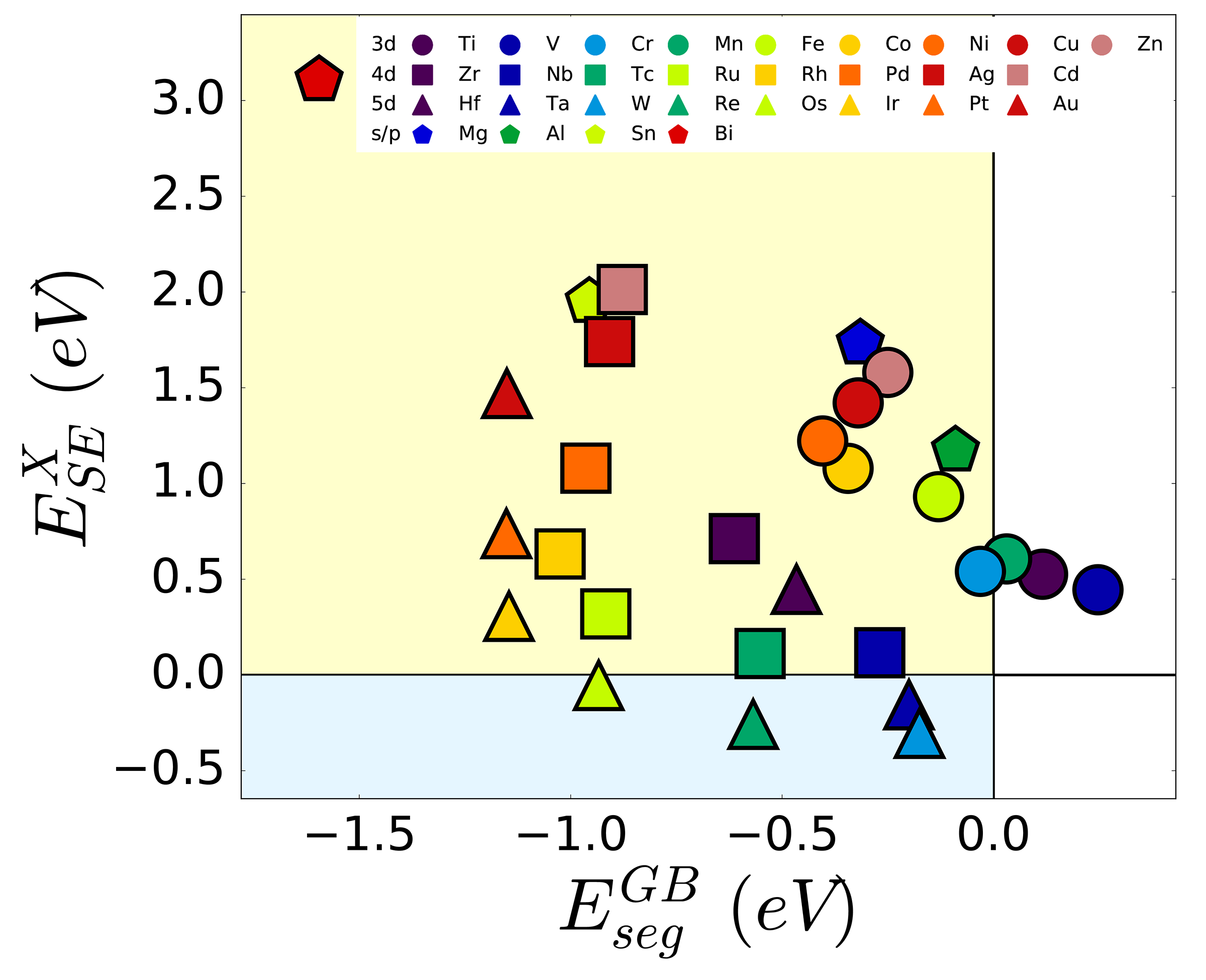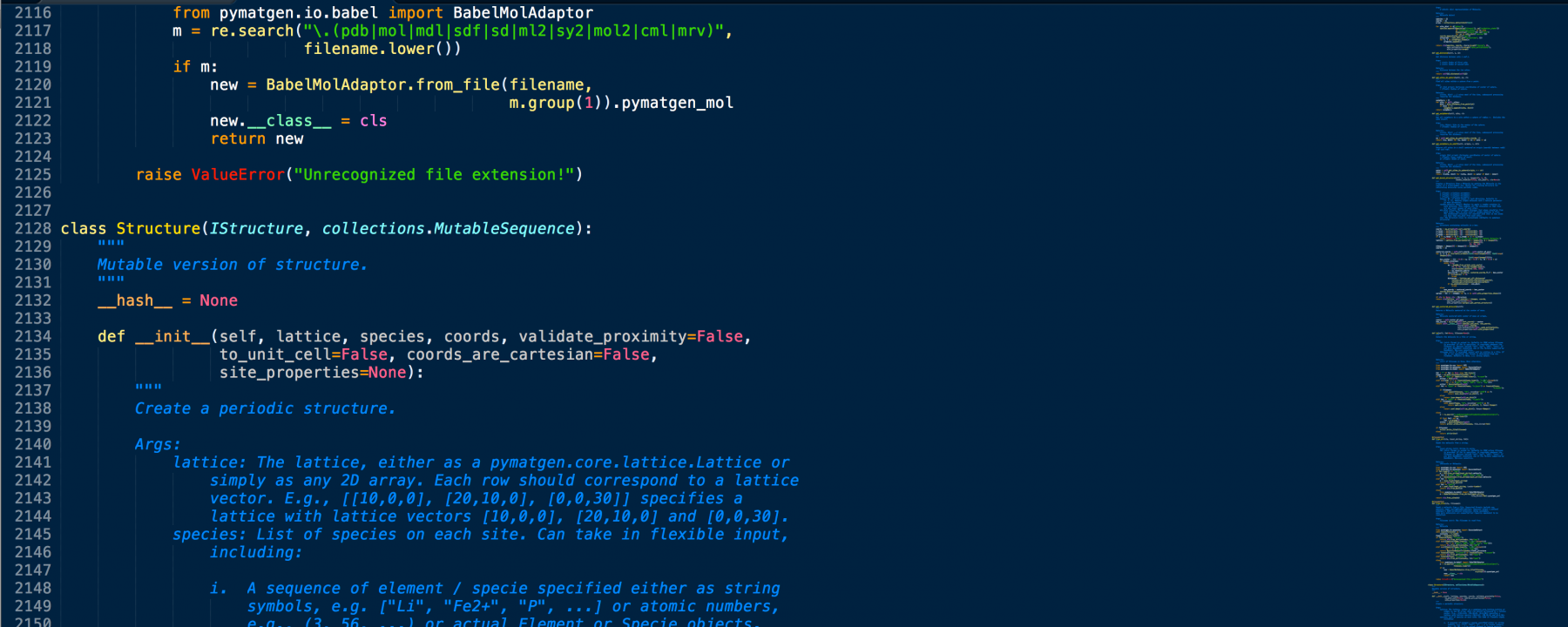Materials Virtual Lab Retreat 2016
The Materials Virtual Lab held its first ever retreat today. We had a great day strategizing future research directions followed by a BBQ at La Jolla Shores. We officially welcome Chi Chen, Hui Zheng, and Zhuonan Lin to the group, and congratulate Richard Tran on transiting to a graduate student!

